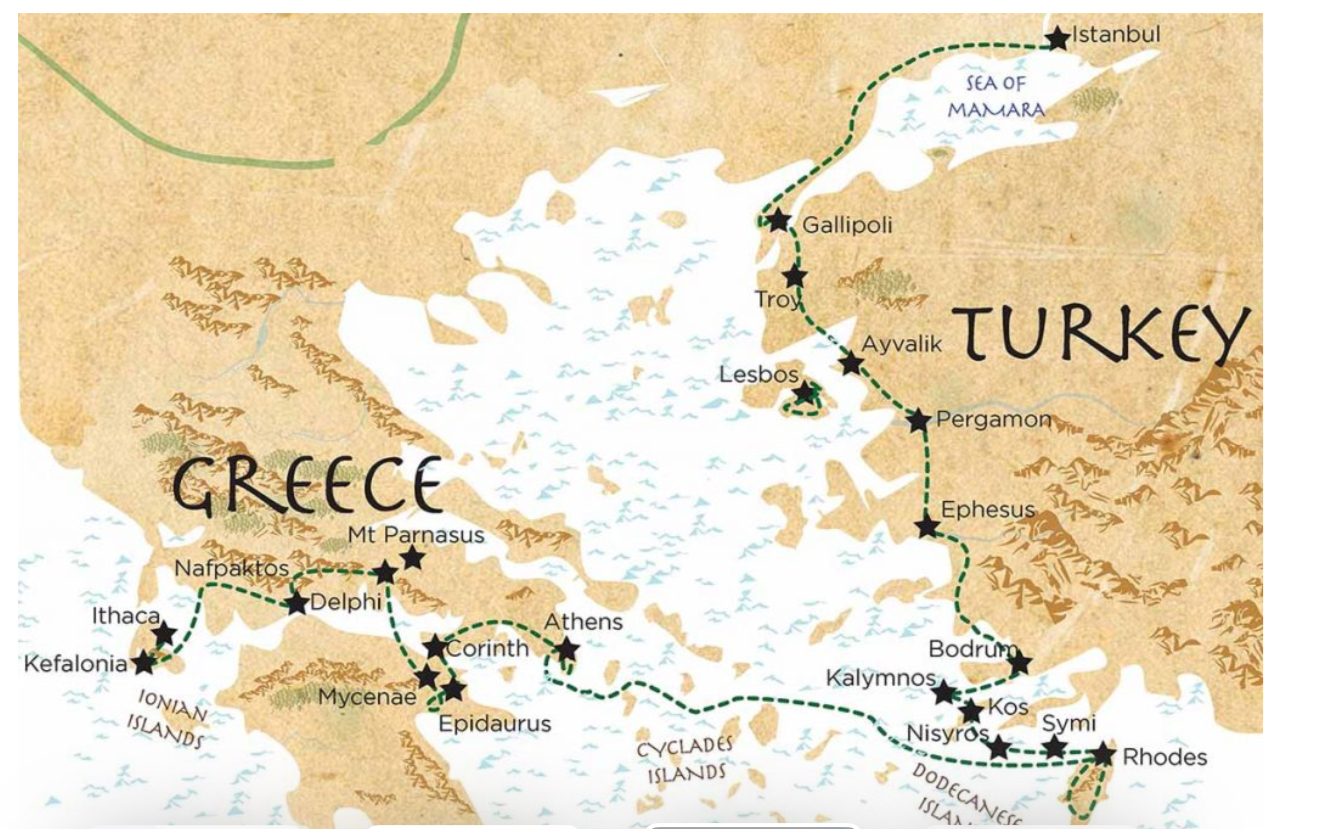Watch this Relive video https://www.relive.cc/view/vrqo31kZxyq
We rode 57.5 miles(91km), climbed 3,743 ft (1180m).
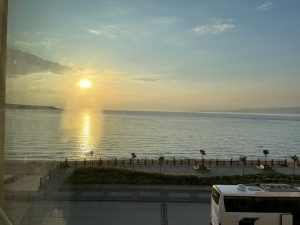
A truely epic day to start The Odyssey in full, cycling from the Dardenelles (ancient Hellespont) to the Aegean Sea. Beautiful cloudless sunny and warm morning greeted us. After a group stretch we headed out of the village of Gelilobu on a bike lane, then onto quiet country roads. The roads for the first 20 km were somewhat rough( like a lot of Essex County concessions) with numerous potholes and stray dogs, none of which were troublesome. We headed out of Gelibolu along the foreshore before turning inland on tiny village roads through rolling cherry orchards, farmland and forests. 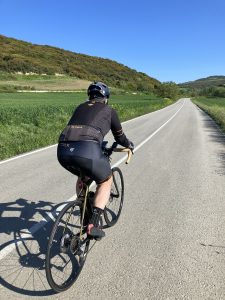
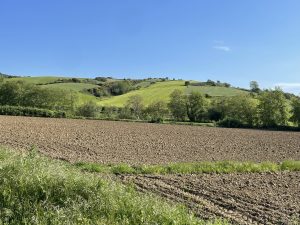
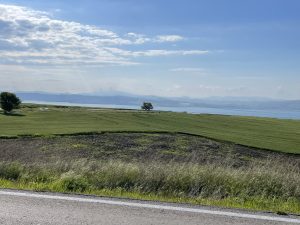
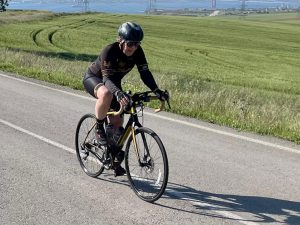
The villages here are remote and authentic and as we gently roll we have views of water on both sides and we head down the Peninsula. However, the scenery post coffee 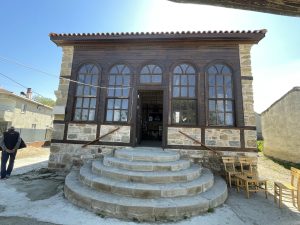 changed dramatically ( as did the roads for the better!) as the battlefields of WWI are all around us and we pop out from traditional Turkish villages and agricultral land into the memorial roads and monuments of Anzac Cove.
changed dramatically ( as did the roads for the better!) as the battlefields of WWI are all around us and we pop out from traditional Turkish villages and agricultral land into the memorial roads and monuments of Anzac Cove.
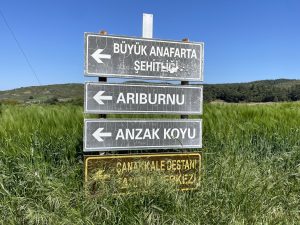
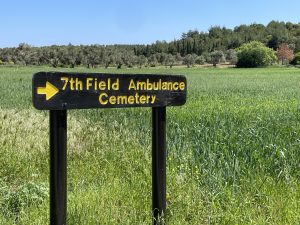
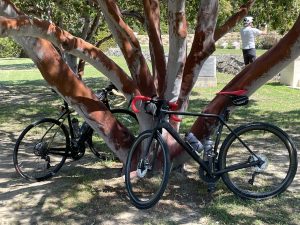
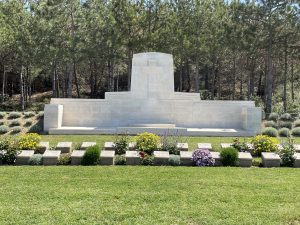
These graveyards and monuments to the Anzacs, Turks and British are truely touching and the amazing care for this region makes it a genuinely beautiful place to both visit and ride in.
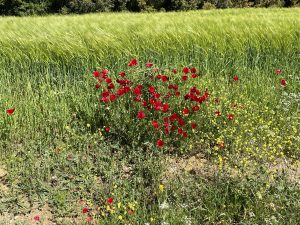
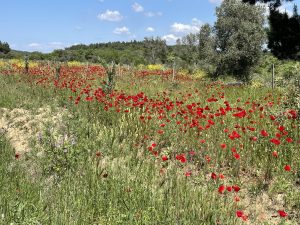
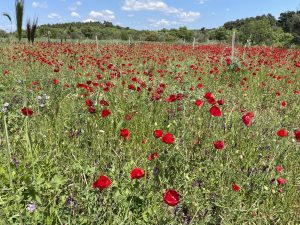 Poppies, a beautiful reminder….
Poppies, a beautiful reminder….
We turned inland again in the afternoon to ride up to our amazing hotel for two nights – The Bengodi.
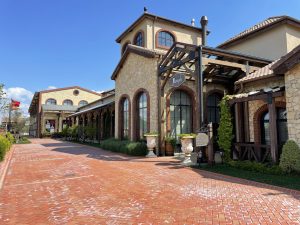 A traditional post-ride rose
A traditional post-ride rose 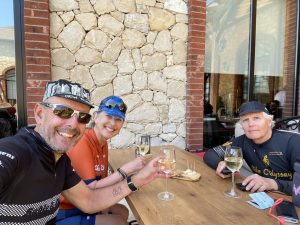 and dinner at Turkey’s most famous winery, Suvla
and dinner at Turkey’s most famous winery, Suvla


About Galipoli and ANZAC
Premise: Control of the Dardanelles protects Constantinople and insure movement of arms etc for the Allied Forces
The Plan: Allied Naval bombardment and Infantry beach landing to overtake the Turks for control of the Galipoli peninsula and Constantinople
Result: Failure and death on both sides
25 April 1915, 16,000 Australians and New Zealanders, together with British, French, Indian and Newfoundlander troops, landed on the Gallipoli peninsula. The invasion was part of a campaign to:
- capture the peninsula and help naval operations in the Dardanelles straits
- relieve pressure on Russian forces who were fighting Turkish forces on the Caucasus front
British forces landed at Cape Helles on the southern tip of the peninsula while French troops carried out a feint landing at Kum Kale on the Dardanelles’ Asian shore. Units became separated as they moved through the tangle of complex spurs and ravines in the darkness.
Turkish resistance was fierce. By mid-morning, Turkish reinforcements had arrived under the command of Lieutenant Colonel Mustafa Kemal.
In the evening, Major-General William Bridges, commander of the 1st Australian Division, and Lieutenant-General Sir William Birdword, commander of ANZAC, both advised General Sir Ian Hamilton, Commander-in-Chief, to withdraw the Allies from Gallipoli. Hamilton decided against their recommendation. He ordered the troops to begin digging trenches. The Anzacs held on for the crucial first night. Of the 16,000 men who landed during the first day, more than 2000 had been killed or injured by the next morning. The Turks estimate 87,000 men were serously injured or killed.
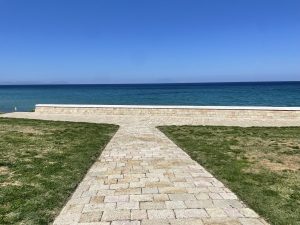
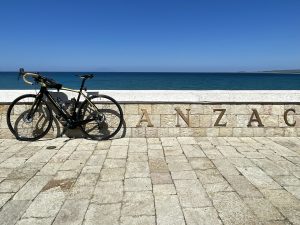
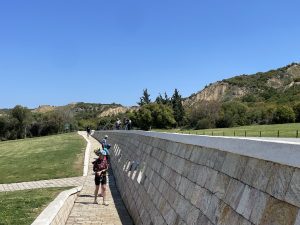
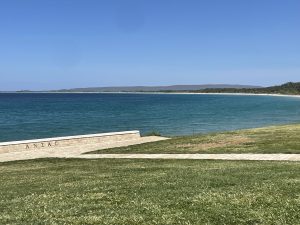
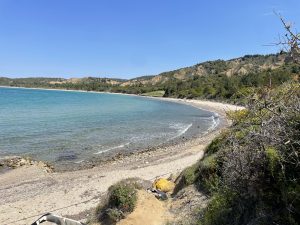
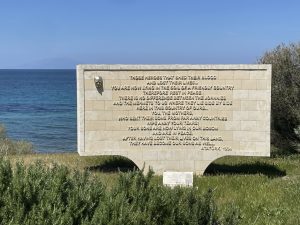 Please zoom in on this monument and read it!
Please zoom in on this monument and read it!
ANZAC Day is honoured in Australia and New Zealand annually on April 25. We paid our belated respects today…may they be remembered forever.
Once upon a time it was Xerxes, son of Darius, the Persian king who in 480 BCE succeeded in leading his powerful army west across the Dardanelles Strait (known in ancient times as the Hellespont) by building two pontoon bridges. The same crossing was accomplished heading east in 334 BCE by Alexander the Great, who brought part of his army here. His reasoning, like ours, was to pay tribute to his heroes at Troy, after all, Alexander and many later biographers portrayed him as a second Achilles.
Some two thousand years later, a real bridge overlooks that stretch of sea that connects the Sea of Marmara to the Aegean and unites Europe with Asia, just as the bridges over the Bosporus did.
Turkey accomplished a major infrastructure milestone when the 1915 Çanakkale Bridge, or the world’s longest suspension bridge, was inaugurated on March 18, 2022.
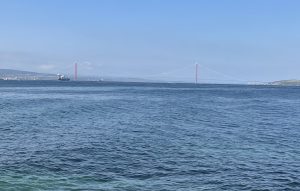
It was a sobering day at Anzac Cove, one to be remembered, but on the whole, life is good in Galipoli!
A song that sort of fits…https://open.spotify.com/track/16UV31f3UunkFqMOsIMU5n?si=jN2nVhhrSTCiAcQJGQlECw
